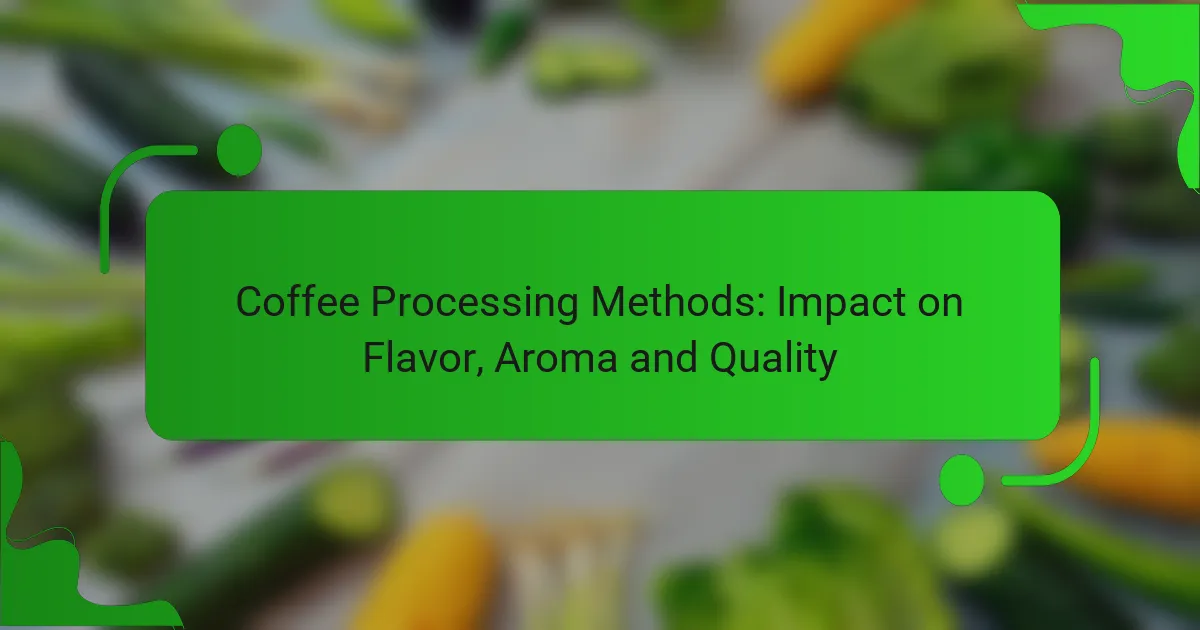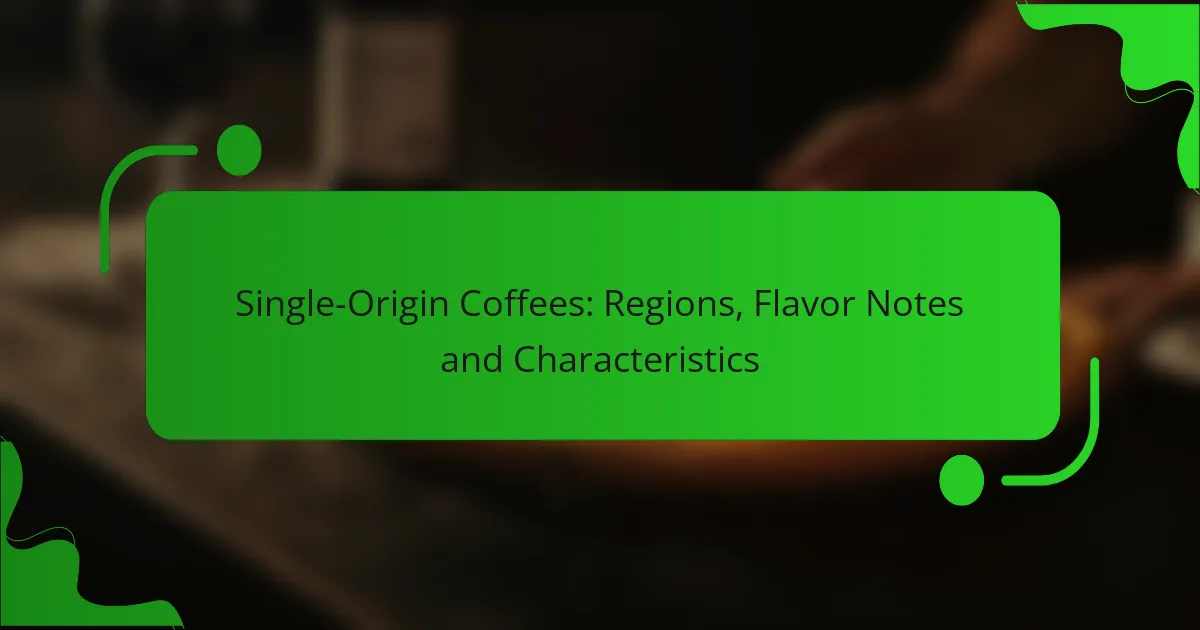Espresso coffee varieties, including Arabica and Robusta, offer a range of flavors and characteristics that cater to diverse palates. The roast level plays a crucial role in shaping the flavor profile, with lighter roasts showcasing fruity notes and darker roasts delivering richer, more bitter flavors. Additionally, mastering various brewing techniques can elevate the espresso experience, allowing enthusiasts to tailor their coffee to their specific taste preferences.

What are the best espresso coffee varieties in Los Angeles?
In Los Angeles, the best espresso coffee varieties include Arabica, Robusta, and various blends. Each type offers distinct flavors and characteristics that cater to different preferences and brewing techniques.
Arabica espresso
Arabica espresso is known for its smooth, complex flavor profile, often featuring notes of fruit and sugar. This variety typically has a lower caffeine content compared to Robusta, making it a popular choice for those who prefer a milder taste.
When selecting Arabica beans, look for those grown at higher altitudes, as these tend to have more developed flavors. In Los Angeles, many specialty coffee shops prioritize sourcing high-quality Arabica beans from regions like Colombia and Ethiopia.
Robusta espresso
Robusta espresso is characterized by its strong, bold flavor and higher caffeine content, which can create a more intense coffee experience. This variety often has earthy and nutty notes, making it a great choice for those who enjoy a robust cup.
Robusta beans are generally easier to grow and more resilient to pests, which can make them more affordable. In Los Angeles, some cafes offer Robusta blends for those looking to add a punch to their espresso drinks.
Blend espresso
Blend espresso combines both Arabica and Robusta beans to create a balanced flavor profile that highlights the strengths of each variety. This approach allows roasters to craft unique blends that cater to diverse tastes and preferences.
When exploring blend espressos in Los Angeles, consider trying blends that emphasize sweetness from Arabica while incorporating the body and crema from Robusta. Many local roasters experiment with different ratios to achieve a harmonious balance, so sampling a few options can help you find your favorite.

How does roast level affect espresso flavor?
The roast level significantly influences the flavor profile of espresso, impacting its acidity, sweetness, and bitterness. Lighter roasts tend to highlight fruity and floral notes, while darker roasts emphasize chocolatey and nutty flavors, often resulting in a more bitter taste.
Light roast flavor profile
Light roast espresso typically showcases bright acidity and complex flavors, often featuring fruity and floral notes. Common tasting notes include citrus, berries, and even herbal undertones, making it a favorite for those who enjoy a vibrant cup.
When brewing light roast espresso, it’s essential to use a slightly finer grind and a shorter extraction time to preserve these delicate flavors. A brewing temperature around 90-92°C (194-198°F) can help maintain the desired profile.
Medium roast flavor profile
Medium roast espresso strikes a balance between acidity and body, offering a well-rounded flavor profile. It often presents notes of caramel, chocolate, and nuts, appealing to a broader range of palates.
This roast level is versatile for various brewing methods, typically requiring a grind size that is neither too fine nor too coarse. A brewing temperature of about 92-94°C (198-201°F) is recommended to enhance its rich flavors without overpowering the balance.
Dark roast flavor profile
Dark roast espresso features bold, rich flavors with pronounced bitterness and lower acidity. Common tasting notes include dark chocolate, smokiness, and earthy undertones, making it a popular choice for those who prefer a robust cup.
When brewing dark roast espresso, a coarser grind and a longer extraction time can help mitigate excessive bitterness. Aim for a brewing temperature of around 94-96°C (201-205°F) to extract the deep flavors effectively while avoiding over-extraction.

What brewing techniques enhance espresso quality?
Several brewing techniques can significantly enhance the quality of espresso, each offering unique flavors and characteristics. Understanding these methods allows you to choose the best approach for your taste preferences and equipment availability.
Espresso machine brewing
Espresso machine brewing is the traditional method for making espresso, using high pressure to extract rich flavors from finely ground coffee. Key factors include water temperature, pressure (typically around 9 bars), and extraction time (about 25-30 seconds). A well-calibrated machine can produce a consistent and flavorful shot.
When using an espresso machine, ensure your coffee is freshly ground and tamped evenly to avoid channeling, which can lead to uneven extraction. Regular maintenance of the machine, including cleaning the group head and replacing water filters, is essential for optimal performance.
AeroPress espresso
The AeroPress is a versatile brewing device that can produce espresso-like coffee through a manual process. By using a fine grind and applying pressure, you can create a concentrated coffee similar to espresso in flavor. The brewing time is typically around 30 seconds to one minute.
To achieve the best results with an AeroPress, experiment with different grind sizes and water temperatures. A common method is to use a 1:2 coffee-to-water ratio for a concentrated brew. Be mindful of the steeping time, as over-extraction can lead to bitterness.
Moka pot espresso
The Moka pot, also known as a stovetop espresso maker, brews coffee by passing boiling water pressurized by steam through ground coffee. While it doesn’t reach the same pressure as a traditional espresso machine, it produces a strong, rich coffee with a distinct flavor profile. The brewing process takes about 5-10 minutes.
For optimal results with a Moka pot, use medium-fine coffee grounds and ensure the water level is just below the safety valve. Avoid overheating the pot, as this can burn the coffee. Regular cleaning of the pot is crucial to maintain flavor and prevent residue buildup.

What factors influence espresso taste in local cafes?
The taste of espresso in local cafes is influenced by several key factors, including the origin of the beans, the quality of the water used, and the grind size of the coffee. Each of these elements plays a crucial role in determining the final flavor profile and overall experience of the espresso served.
Bean origin
The origin of espresso beans significantly impacts flavor, as different regions produce beans with distinct taste characteristics. For instance, beans from Ethiopia often have fruity and floral notes, while Colombian beans may offer a balanced, nutty flavor. Understanding the bean origin can help you choose an espresso that aligns with your taste preferences.
When selecting espresso, consider trying blends that combine beans from various origins to create complex flavors. Many local cafes offer single-origin options, allowing you to explore the unique profiles that different regions provide.
Water quality
Water quality is a critical factor in brewing espresso, as it makes up a large portion of the final beverage. Ideally, the water should be clean, filtered, and free from impurities that can alter the taste. The mineral content of the water also plays a role; water with balanced minerals can enhance extraction and flavor.
Local cafes should aim for water with a hardness level between 50-150 mg/L for optimal espresso extraction. If you’re brewing at home, consider using a water filter or bottled water that meets these standards to improve your espresso’s taste.
Grind size
The grind size of the coffee beans affects the extraction process and, consequently, the flavor of the espresso. A finer grind increases the surface area, allowing for quicker extraction, while a coarser grind slows it down. For espresso, a fine grind is typically recommended to achieve the desired flavor intensity and crema.
Experimenting with grind size can help you find the perfect balance for your taste. If the espresso tastes bitter, try a coarser grind; if it’s too weak or sour, opt for a finer grind. Local cafes often adjust grind size based on the specific beans they use, so don’t hesitate to ask baristas for their recommendations.

How to choose the right espresso for your palate?
Choosing the right espresso for your palate involves understanding your flavor preferences, the roast level you enjoy, and the brewing techniques that suit your taste. By considering these factors, you can select an espresso that enhances your coffee experience.
Tasting notes
Tasting notes refer to the specific flavors and aromas present in different espresso varieties. Common notes include chocolate, caramel, fruit, and nutty undertones, which can vary significantly based on the coffee bean origin and roast level. For example, a light roast may highlight fruity and floral notes, while a dark roast often emphasizes chocolate and smoky flavors.
When tasting espresso, consider the balance of acidity, sweetness, and bitterness. A well-rounded espresso should have a pleasant harmony among these elements, making it enjoyable to sip. Experimenting with different beans can help you identify which tasting notes resonate with your preferences.
Personal preference
Your personal preference plays a crucial role in selecting the right espresso. Some people prefer a bold, intense flavor, while others may enjoy a smoother, milder taste. Reflect on your past coffee experiences to determine what you like best.
Consider trying a variety of espressos from different regions, such as Ethiopian or Colombian, as they often offer distinct flavor profiles. Don’t hesitate to ask for recommendations at your local coffee shop, as baristas can provide insights based on your taste preferences.
Brewing method compatibility
The brewing method you choose can significantly impact the flavor and quality of your espresso. Traditional espresso machines use high pressure to extract rich flavors, while alternative methods like Aeropress or Moka pots may yield different results. Understanding how each method works will help you select an espresso that complements your brewing style.
For instance, if you prefer a classic espresso shot, opt for a finely ground coffee with a medium to dark roast. If using a Moka pot, a slightly coarser grind may work better. Always consider the brewing time and water temperature, as these factors can affect the final taste of your espresso.

What are emerging trends in espresso coffee?
Emerging trends in espresso coffee focus on sustainability, unique flavor profiles, and innovative brewing techniques. Coffee enthusiasts are increasingly seeking ethically sourced beans and experimenting with diverse roast levels and preparation methods to enhance their espresso experience.
Flavor Profiles
Flavor profiles in espresso are evolving as consumers explore beans from different regions and processing methods. Varietals such as Geisha and Pacamara are gaining popularity for their distinct taste characteristics, often featuring floral, fruity, or chocolate notes. Roasters are also blending beans to create complex flavors that appeal to a broader audience.
When selecting espresso beans, consider the origin and processing method, as these factors significantly influence flavor. For example, washed coffees tend to have cleaner, brighter flavors, while natural processed beans often exhibit more fruitiness. Experimenting with different combinations can lead to exciting discoveries.
Roast Levels
Roast levels are becoming more nuanced, with a shift towards medium and light roasts that preserve the beans’ natural flavors. This trend contrasts with the traditional preference for dark roasts, which can mask the unique characteristics of the coffee. Light and medium roasts are often favored for their vibrant acidity and complex flavor profiles.
When choosing a roast level, consider your taste preferences and the brewing method. For instance, lighter roasts may work better in pour-over or Aeropress methods, while darker roasts can excel in traditional espresso machines. Tasting various roast levels can help identify what best suits your palate.
Brewing Techniques
Innovative brewing techniques are reshaping how espresso is prepared, with methods like the siphon and nitro cold brew gaining traction. These techniques not only enhance flavor extraction but also provide a unique visual experience. Baristas are increasingly experimenting with pressure profiling and temperature control to fine-tune their espresso shots.
To improve your brewing technique, focus on consistency in grind size, water temperature, and extraction time. Using a scale to measure coffee and water can help achieve the desired strength and flavor. Additionally, investing in a quality espresso machine with programmable settings can elevate your home brewing experience.



